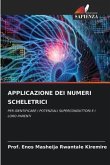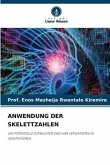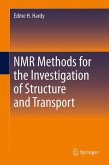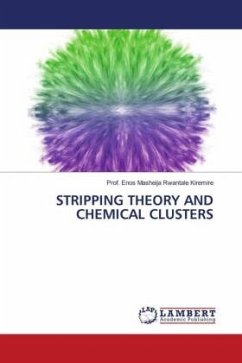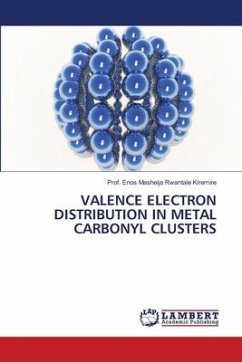A wide range of chemical clusters have been analysed and categorized using skeletal numbers. These, among others include hydrocarbons, boranes, metalloboranes, heteroboranes, metal carbonyls, golden clusters, Zintl ions and matryoshka clusters. This book focuses mainly on unconventional clusters which have not yet been analysed in the same manner. What is interesting is that some of these unusual clusters have been found to act as superconductors. Such materials find many applications, among others, in machines such as MRI (magnetic resonance imaging) used in medicine and NMR (nuclear magnetic resonance). This means cluster theory concepts could be developed and applied as a simple qualitative method for identifying some conducting and superconducting clusters.




